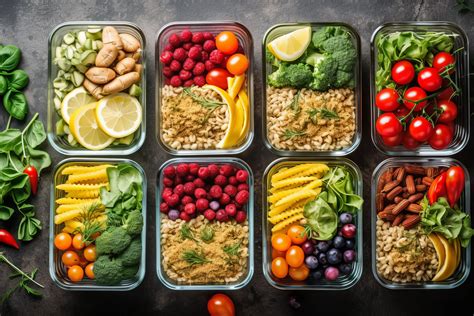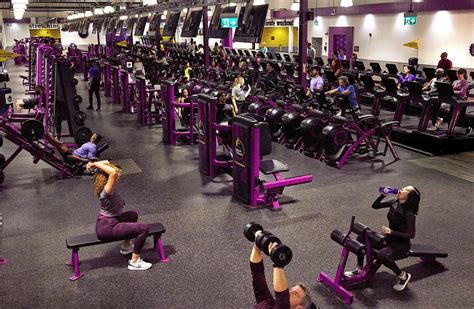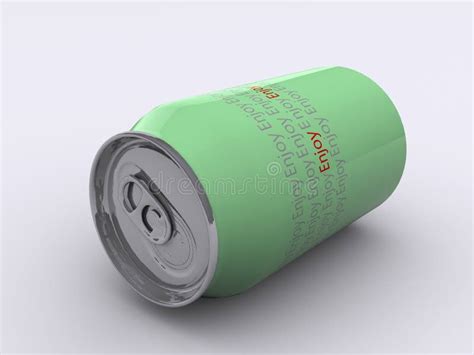The Dual Goal: Fat Loss and Muscle Gain
For many men, the ultimate fitness objective isn’t just weight loss or muscle gain in isolation, but rather the more challenging pursuit of optimizing body composition – simultaneously shedding body fat while building or preserving lean muscle mass. This ‘body recomposition’ is a nuanced process that demands a holistic and strategic approach, moving beyond simple calorie counting to integrate nutrition, training, and lifestyle factors effectively.

Strategic Nutrition: Fueling Change
Nutrition is the bedrock of body recomposition. While a caloric deficit is essential for fat loss, it must be carefully managed to support muscle protein synthesis. The key lies in a subtle balance:
- Caloric Intake: Aim for a slight caloric deficit (around 300-500 calories below maintenance) on most days. On intense training days, you might cycle to maintenance or a very slight surplus to support recovery and muscle growth, creating an overall weekly deficit.
- Protein Prioritization: Protein is paramount. Target 1.6-2.2 grams of protein per kilogram of body weight (0.7-1 gram per pound). This helps preserve muscle mass during a deficit and supports muscle repair and growth. Distribute protein intake evenly across meals.
- Smart Carbohydrates: Carbohydrates fuel intense workouts and aid recovery. Focus on complex carbohydrates (whole grains, vegetables, fruits) and strategically consume a larger portion around your workouts (pre and post) to maximize performance and minimize fat storage.
- Healthy Fats: Don’t neglect healthy fats (avocado, nuts, olive oil, fatty fish). They are crucial for hormone production, nutrient absorption, and overall health. Aim for 20-30% of your total daily calories from healthy fats.
- Hydration: Drink plenty of water throughout the day. It’s essential for metabolism, nutrient transport, and performance.

Effective Training: Stimulating Growth and Burning Fat
Your training regimen must be designed to stimulate muscle growth while also contributing to fat loss. This primarily means resistance training with a smart integration of cardiovascular exercise.
Resistance Training: The Muscle Builder
- Focus on Compound Movements: Prioritize exercises that work multiple muscle groups simultaneously, such as squats, deadlifts, bench presses, overhead presses, and rows. These exercises elicit a greater metabolic response and are highly effective for building strength and muscle.
- Progressive Overload: To build muscle, you must continually challenge your body. This means gradually increasing the weight, reps, sets, or decreasing rest times over weeks and months.
- Appropriate Volume and Intensity: Aim for 3-5 full-body or split resistance training sessions per week. Use a rep range of 6-12 for muscle hypertrophy, ensuring you train close to failure on most sets.
Cardiovascular Exercise: The Fat Burner
- Balanced Approach: Integrate both high-intensity interval training (HIIT) and low-intensity steady-state (LISS) cardio. HIIT can be very effective for burning calories and improving cardiovascular fitness in a shorter time, while LISS can aid recovery and burn fat without excessive stress.
- Strategic Placement: Perform cardio on separate days from heavy resistance training, or after your lifting sessions, to avoid impacting strength performance.

Recovery and Lifestyle: The Unsung Heroes
Often overlooked, recovery is where your body actually makes its improvements. Without adequate recovery, even the most perfect diet and training plan will yield suboptimal results.
- Quality Sleep: Aim for 7-9 hours of quality sleep per night. Sleep is critical for hormone regulation (growth hormone, testosterone, cortisol), muscle repair, and cognitive function.
- Stress Management: Chronic stress elevates cortisol levels, which can hinder fat loss and even promote muscle breakdown. Incorporate stress-reducing activities like meditation, yoga, or hobbies.
- Consistency and Patience: Body recomposition is a marathon, not a sprint. Results take time and consistent effort. Stick to your plan, be patient, and trust the process.

Monitoring Progress and Adjusting
To ensure you’re on the right track, it’s vital to regularly monitor your progress and be prepared to make adjustments.
- Track Metrics: Don’t rely solely on the scale. Take progress photos, measure body circumference (waist, arms, chest), track strength gains in the gym, and note how your clothes fit.
- Listen to Your Body: Pay attention to energy levels, sleep quality, and recovery. If you’re constantly fatigued or experiencing significant strength drops, you might be in too large of a deficit or overtraining.
- Adjust as Needed: Your body adapts. What works for a few weeks might need tweaking. Be ready to adjust calorie intake, macro ratios, or training volume/intensity based on your progress and how you feel.

Conclusion
Optimizing body composition for men is a challenging yet rewarding endeavor that requires a comprehensive and disciplined approach. By strategically combining a protein-rich, controlled-calorie diet with progressive resistance training, smart cardio, and prioritizing recovery, men can effectively minimize body fat while building and maintaining valuable muscle mass. Remember, consistency and patience are your most powerful tools on this transformative journey.




